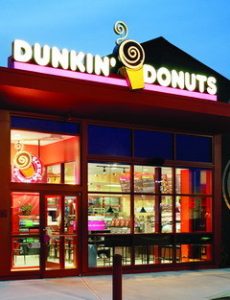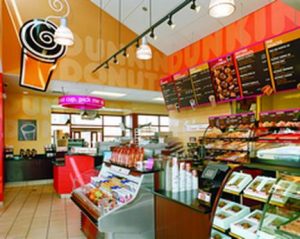Dunkin’ Donuts – known for 57 years as the purveyor of Bavarian Kreme, jelly-filled, glazed and double chocolate doughnuts and the ever-popular Munchkins – doesn’t want to be known only for its pastries anymore. It wants to be known for its coffee, too. And lest it sound like another entry into the Starbucks-dominated third-place market, Dunkin’ Donuts doesn’t want to be another Starbucks, either.
As part of its market research, the company paid a group of its regular customers $100 a week to get their coffee at Starbucks instead. “I don’t get [Starbucks],” one of the group reported at the end of the test. “If I want to sit on a couch all day, I’ll stay at home.” The Dunkin’ Donuts regulars regarded Starbucks as pretentious, trendy and overpriced. They were confused by the “tall,” “grande” and “vente” sizes. They didn’t like having to crawl around the day-tripping laptop users to find a place to sit. They couldn’t understand the economics of a $4 cup of coffee. They also found the experience slow and cumbersome – one person takes your order and your money, then you move over to the crowd at another part of the counter to wait for your cup.
To fulfill its mission statement – “fresh, fast and affordable” – the company did not want to use Starbucks as its model. “Dunkin’ Donuts is not trying to compete with Starbucks,” says Wendy Prellwitz, a principal at Prellwitz Chilinski Associates (Cambridge, Mass.), the architecture and brand consulting firm that has designed two new restaurant prototypes for the company. “The danger there would be to be dismissed as an off-price version. Dunkin’ wants to be evaluated on its quality.”
To achieve that brand model, the company is beginning by cleaning up the look and feel of its 6800 existing stores, armed with capital after a group of private investment firms acquired parent company Dunkin’ Brands in 2005 for $2.4 billion. By the company’s own admission, its stores were badly in need of updating and their focus remained the sugary doughnuts they sold by the dozens. The goal was a balance between a Starbucks-type lounge and the austerity of convenience stores. “The place must work for both lawyers and construction workers,” Prellwitz says. “It wants to be efficient and simple, but also comfortable and clean with the feeling of being surprisingly well-designed.”
The exterior of the freestanding model was redesigned to appear more substantial, a real building with windows, a roof and brick walls, not a fast-food box. (“An industrial bakery look,” Prellwitz says, “rather than your average drive-through.”) The existing coffee-cup logo is prominently displayed, though the company is still kicking the tires on whether and how to change it, including perhaps dropping the word “Donuts” from the signs. (Coffee now makes up 62 percent of the company’s sales. And you’d be hard-pressed to find any reference to doughnuts on the Dunkin’ Donuts web site.)
There’s a concrete block wall along half the building. The roof is a dark brown coffee color. And the drive-through experience is more like a second front door, says Prellwitz. “You’re not driving around the back, past the dumpster and up to an unwelcoming, intimidating peep-hole,” she says. “This drive-up window is big, letting customers see into the kitchen, pulling them into the experience.”
There is, in fact, an abundance of windows throughout, allowing plenty of visibility into the space and letting the nighttime light flow out, making the building noticeable from a distance. Of course, the windows also let the daylight flow into the space, which is more roomy and comfortable than it used to be, with warmer colors – ochre yellow and rusty red predominating. Round imitation-granite tables have replaced square laminate ones. The chairs are sleek. The interior palette has more “espresso brown,” less Dunkin’ pink and orange.
Muzak was brought in to introduce sound for the first time in Dunkin’ Donuts stores. And, says Joe Scafido, the company’s chief creative and innovations officer, “the sampling is not the moody, bluesy Starbucks sound.” The broad soundtrack includes the likes of Jessica Simpson, Queen, Beyoncé and Stevie Wonder.
Everything has opened up, so customers standing in line can see the coffee pots and ovens and smell the coffee brewing and the pastries baking. (While Dunkin’ Donuts is downplaying the doughnuts, it’s emphasizing muffins, bagels and sandwiches, all baked on the premises.) The company has also worked on the ergonomics of producing a cup of coffee quickly and efficiently – setting up the counter properly, organizing the ordering event and, most important, training its people.
Getting the message to its core Northeast market base is only half the challenge, however. The company wants to extend its brand and retail presence across the country, expanding to 50,000 stores, including California, where it’s a largely unknown name. So Dunkin’ Donuts is proactively lobbing its message ahead, by putting its packaged coffee on store shelves so people can familiarize themselves with the brand and the product. The company has joined with Procter & Gamble, the nation’s largest brand marketer, to begin the Western assault with distribution of packaged Dunkin’ Donuts coffee into 40,000 supermarkets, drug stores and Wal-Marts around the country. P&G will roast the coffee according to Dunkin’ Donuts’ specifications, distribute it and support the nationwide marketing campaign, “America runs on Dunkin’.”
Note the missing word.
Photography by Anton Grassl/Esto, Boston
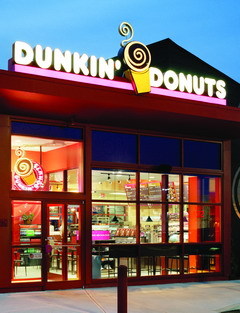

 Headlines2 weeks ago
Headlines2 weeks ago
 Headlines2 weeks ago
Headlines2 weeks ago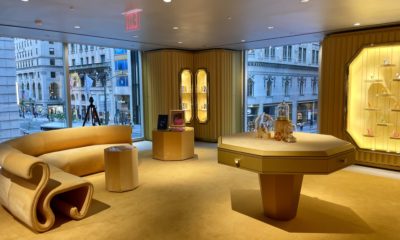
 Eric Feigenbaum7 days ago
Eric Feigenbaum7 days ago
 Headlines1 week ago
Headlines1 week ago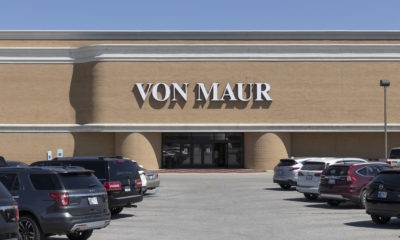
 Headlines5 days ago
Headlines5 days ago
 Headlines2 weeks ago
Headlines2 weeks ago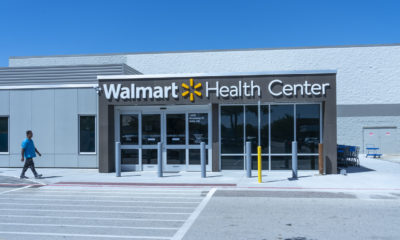
 Headlines7 days ago
Headlines7 days ago
